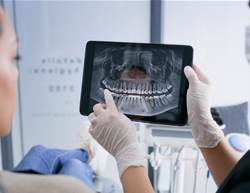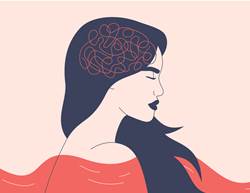There's a lot that's pretty great about turning 40. With a few decades of experience under your belt, you're more knowledgeable about what you want out of life and how to get it. Maybe you're finally hitting your stride in your career, getting the hang of parenting, or eagerly tackling new adventures that you would have shied away from when you were younger. If you've been prioritising fitness and good nutrition, you might even feel—and look—healthier than ever. But does that mean you are actually healthier?
Whether you seem to be in peak physical condition or admit that you've put on a few kilos and have slowed down over the years, 40 is the ideal time to take your relationship with your primary care physician to the next level.
"As you get older, there is an increased incidence in many diseases, including heart disease, cancer, and arthritis. Starting to see your doctor a little more regularly can help prevent, predict, and treat diseases before they become significant problems," says Dr Mia Finkelston. Step one: Schedule a physical, and plan to do it again annually unless your doc gives you other instructions.
A physical you get in your 40s should be similar to ones you had when you were younger, but don't be surprised if your doctor orders a few additional tests or refers you to some specialists in an effort to keep you as healthy as possible. Here's a look at the medical tests you should plan on having in this decade.
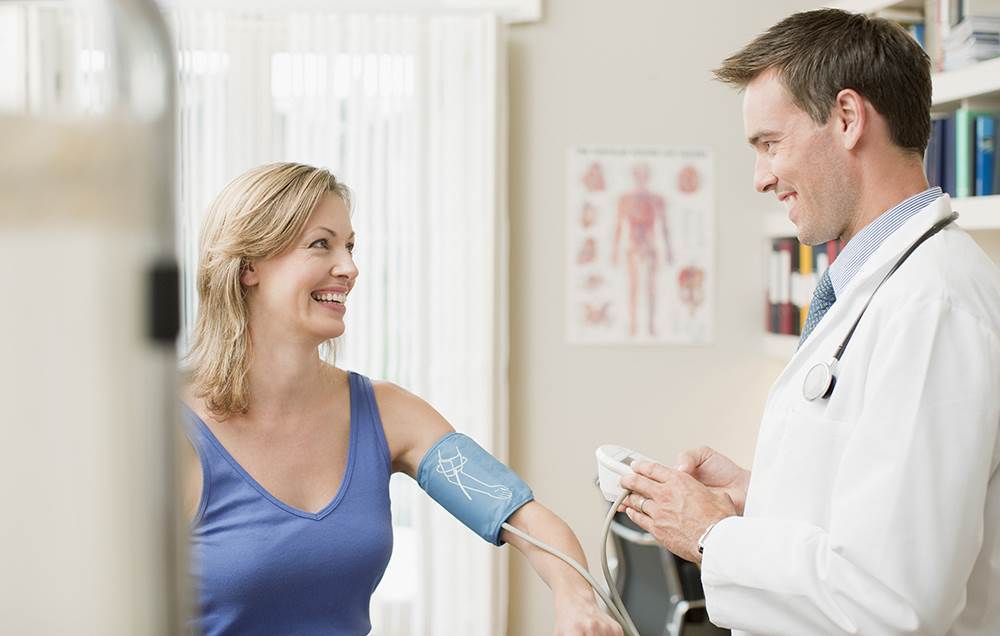
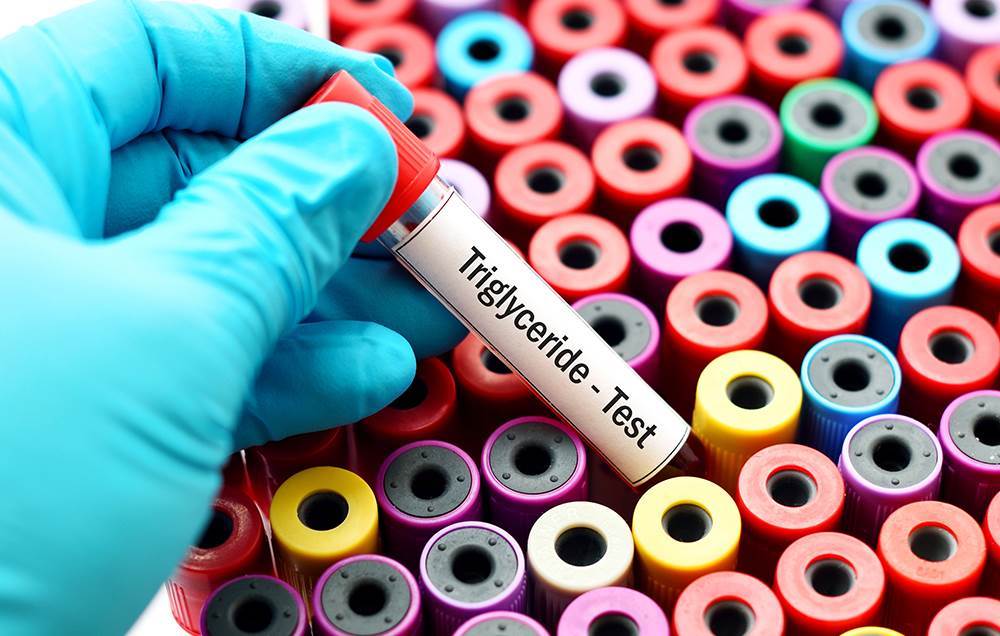
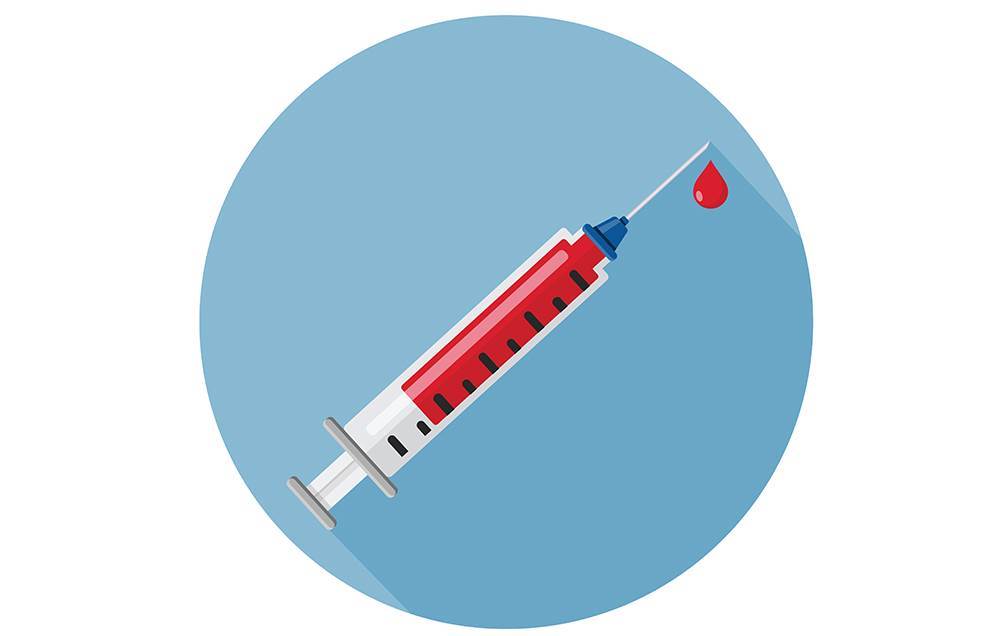

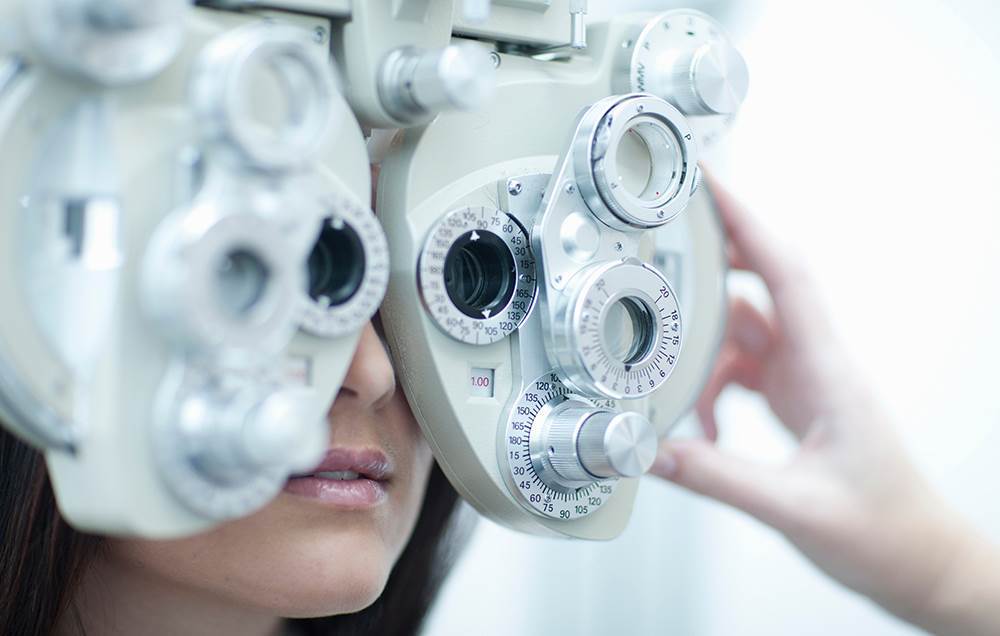


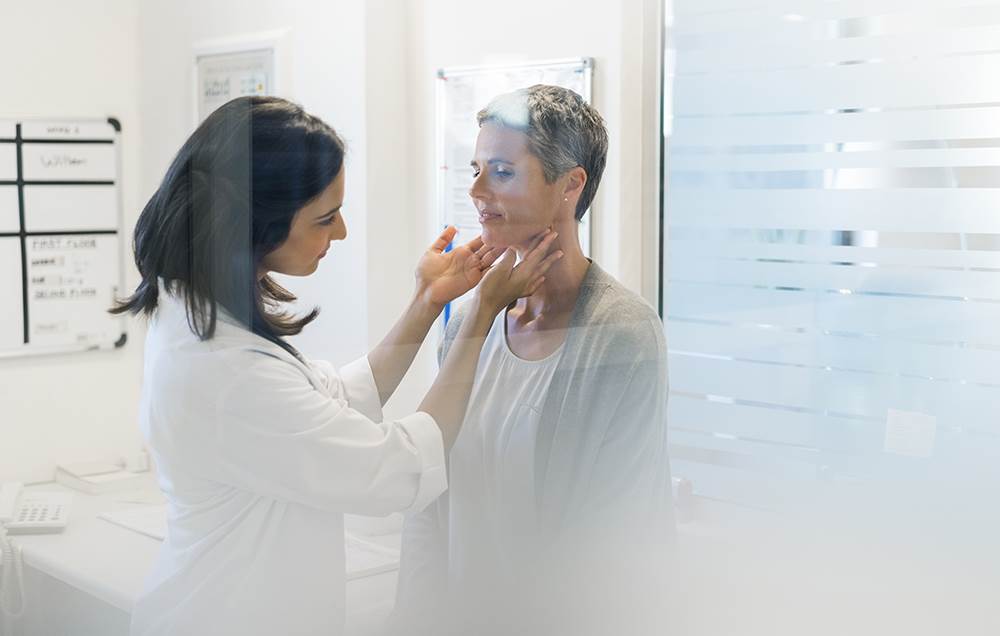

Photograph by Getty Images
Blood pressure check
This shouldn't be brand new to you, since it is recommended you get your blood pressure tested at least every year or two starting at age 20. (You can lower your blood pressure naturally with these 13 tips.) But once you enter midlife, it's extra important to stay on top of it. High blood pressure is a major risk factor for heart disease and stroke, which rarely has any symptoms. Normal blood pressure is less than 120/80 mm Hg.
Photograph by Getty Images
Lipid panel
You should be getting blood tests that check your LDL ("bad" cholesterol), HDL ("good" cholesterol), and triglycerides every year or two. If you haven't done this, don't delay: "Heart disease is still the leading killer of women. It accounts for about 22% of deaths in women, which is more than all cancers combined," says Dr Wendy Day.
Photograph by Getty Images
Diabetes screening
Ask your doctor about your risk for diabetes or estimate your risk of getting type 2 diabetes by using the Australian Type 2 Diabetes Risk Assessment Tool.
You may be at increased risk of type 2 diabetes if you:
>> are over 55
>> are over 45 and are overweight or have high blood pressure
>> have a family member with type 2 diabetes
>> are from an Aboriginal or Torres Strait Islander background
>> were born in Asia
>> are not physically active
Your doctor can choose to screen you with a fasting blood glucose test or an A1C test (a blood test that provides an average of your sugar levels over the past 3 months).
Photograph by Getty Images
Mammogram
As you approach the big 5-0, prepare to have your first mammogram.
It is important for women of all ages to get to know the normal look and feel of their breasts. If you notice any changes or feel something unusual, talk to your doctor.
All women aged 40 to 49 years have access to a free mammogram through the BreastScreen Australia program, but breast screening is less effective for women in your age group due to the density of breast tissue in younger women. Your doctor can discuss suitable options for you if required.
75% of all breast cancers occur in women over the age of 50, with BreastScreen sending reminder letters to women in this age group every two years.
Photograph by Getty Images
Eye exam
Even if your eyesight used to be 20/20, don't be surprised if you suddenly have a hard time reading restaurant menus and text messages. While developing presbyopia (trouble reading up close) isn't dangerous and a pair of reading glasses from the drugstore might suffice, consider your struggle a reminder that you should see an optometrist or ophthalmologist for a checkup.
It is recommended to get an eye exam at least every two years starting at age 18, yet once you're in your 40s it becomes even more important, says cardiologist Dr Adam Splaver. Starting at 40 you should be tested every 1-3 years for glaucoma; your eye doc should also check for retinal disease, especially if you have diabetes.
Photograph by Getty Images
Cervical cancer screening
You might not be seeing your gynaecologist as regularly as you used to if you're done having kids and have long settled into a monogamous relationship, but women ages 30-65 should have a a Cervical Screening Test. The test replaced the Pap test in 2017.
The Pap test used to look for cell changes in the cervix. The new test looks for HPV (a common infection spread during sexual activity) which can lead to those cell changes.
While you're there for your appointment, don't hesitate to spill some intimate details about your sex life. If you're in a new relationship, have multiple partners, or suspect that your partner has other partners then you need to be screened for STDs, says Dr Shilpi Agarwal.
Photograph by Getty Images
Skin check
As with mammograms, this one's a bit tricky because different groups offer different recommendations. That said, it's suggested you see a dermatologist or doctor who specialises in skin examinations at least once a year. Whether or not you go annually is up to you, but at the very least you should be checking your own skin regularly and seeing your doctor if you notice any changes.
Photograph by Getty Images
Thyroid function
About 13% of women ages 35-65 have hypothyroidism (an underactive thyroid), so starting at age 35 it's a good idea to get your thyroid checked out at least every 5 years. (It's usually part of a standard blood work-up.) After you turn 50 your doctor may suggest keeping ever closer tabs on your thyroid, since some thyroid disorders are more prevalent after menopause.
Photograph by Getty Images
Depression screening
Your primary care doctor should be doing this at a check up, no matter your age. But there are some times in a woman's life when you may be especially vulnerable. "Sometimes moods change in your 40s as you approach menopause," says Agarwal. Hormonal shifts may play a role, but whatever the cause, statistics show that women 40-59 have higher rates of depression compared to teenage girls. Many women in their 40s also experience excessive anxiety, adds Agarwal.
Your doctor should screen you for these issues by asking some simple questions. "They shouldn't just say, 'Are you depressed,'" says Agarwal. "I usually ask 'How's your mood?' and then ask if they've noticed feeling down, hopeless, or disinterested in activities they used to enjoy during the past two weeks," she explains. If those few questions point to possible depression, she'll follow up with a longer list of more detailed questions designed to diagnose depression.
Whether your doctor brings it up or not, be sure to raise any concerns you may have about your mood, or seek out a mental health expert near you.






